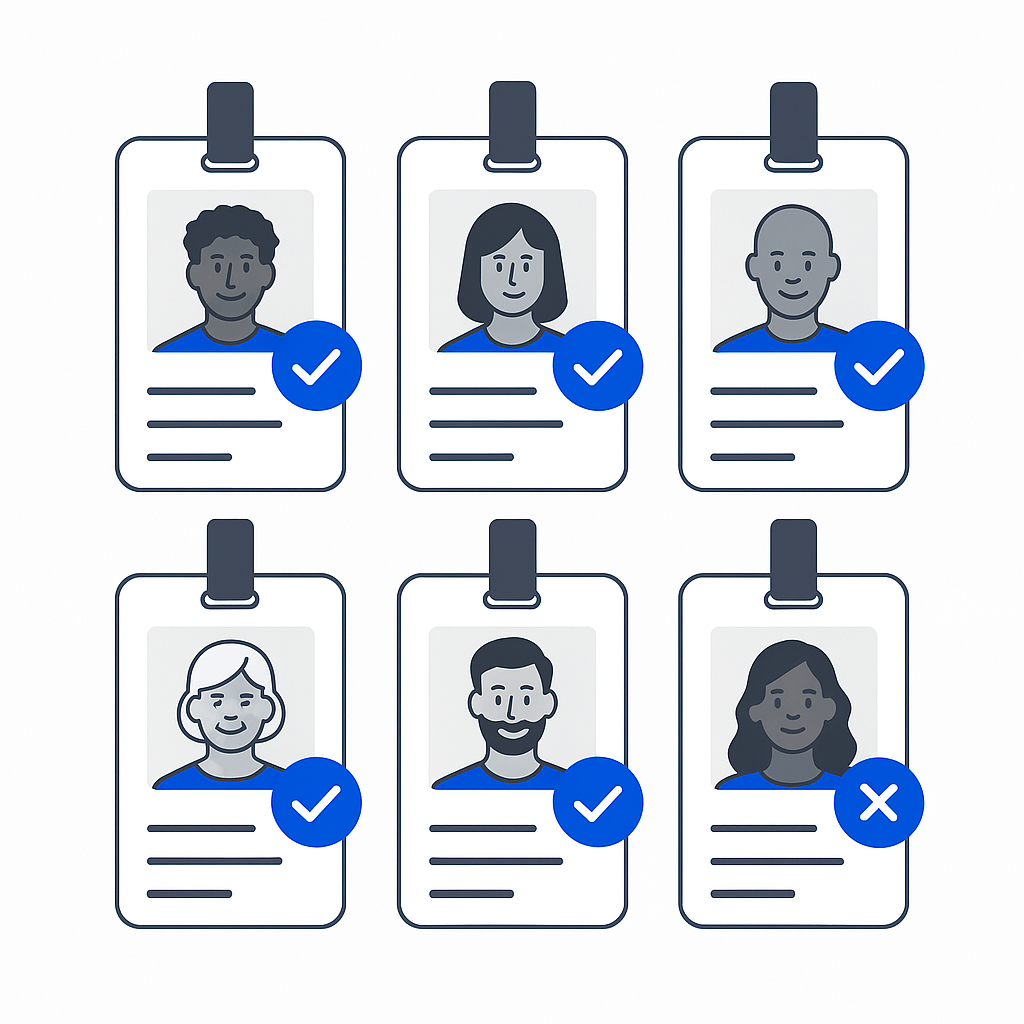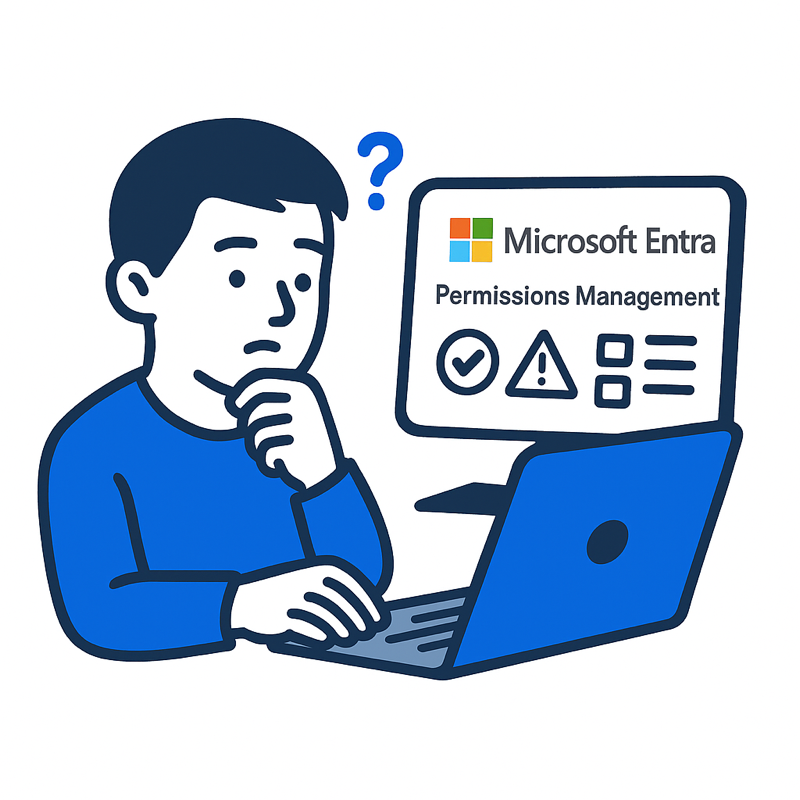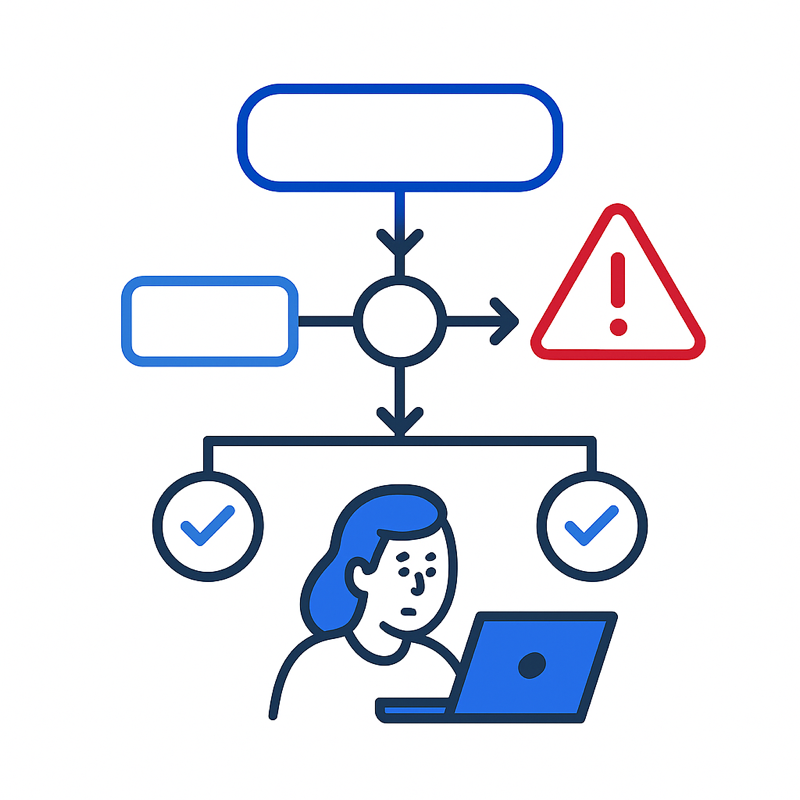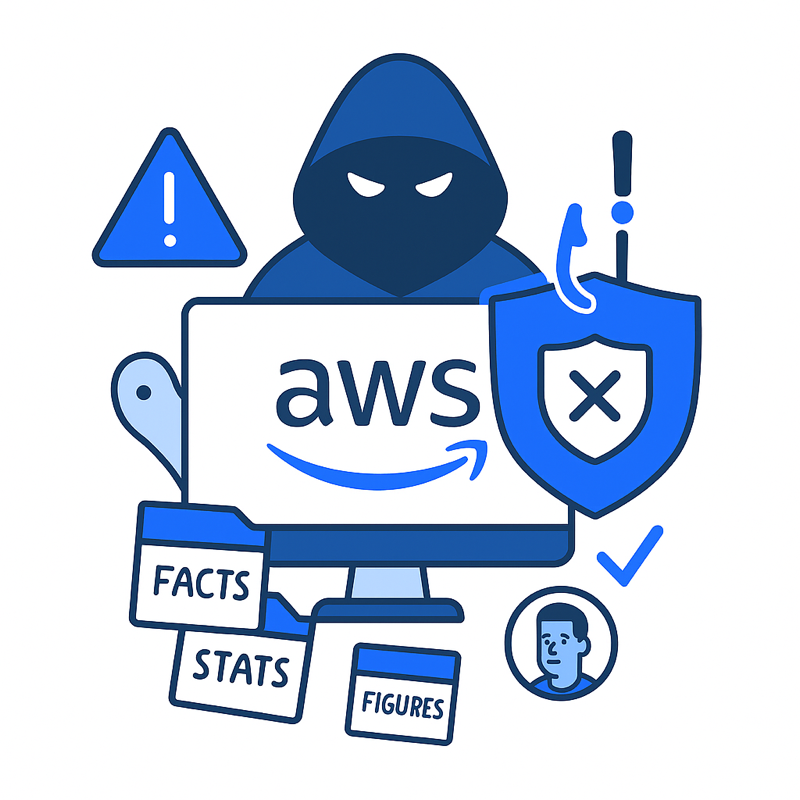The AWS Breach That Wasn’t
(But Still Scared the Heck Out of Us)
“Amazon hacked!” In early November 2024, headlines screamed and timelines boiled with SOC angst. Yet when the dust settled, it wasn’t AWS itself that had taken the hit, but a third-party vendor. Still, this wasn’t small potatoes. It was another slap awake and a reminder that in today’s hyper‑connected organizations, one domino falling in our vendor chain can feel like an AWS meltdown.
The Backstory: How a May 2023 MOVEit Vulnerability Became Today’s Headache
The real drama began in May 2023, when a previously unknown zero‑day in Progress Software’s MOVEit file-transfer application exploded on the scene. Bad actors from the Clop ransomware gang spotted an SQL‑injection vulnerability in MOVEit, and over weeks, siphoned files from more than a thousand organizations. By the time the breach went public, the hackers were dumping stolen data by the terabyte. The catalyst? MOVEit’s integration into vendor systems handling sensitive data transfers. A perfect storm.
Fast‑forward to November 11, 2024. TechCrunch reported Amazon confirmed a “security event” at one of its property‑management vendors; that vendor used MOVEit and, indirectly, Amazon’s employee contact database was harvested. The data didn’t spill any Social Security numbers or bank account details, but it did include email addresses, desk phone numbers, office locations and cost‑center codes, all of which landed on BreachForums. The attackers even staked a claim on over 2.8 million lines of Amazon employee data.
Ominous, but not catastrophic. Yet the headlines screamed “Amazon hacked,” and “AWS breach” began trending, because in the public eye, “Amazon” and “AWS” are inseparable.
So, How Big Was It?
If your morning coffee didn’t include doom-scrolling headlines, you might have missed mentions of “2.8 million lines of employee data.” Forbes confirmed the leak spanned more than 2.8 million records across Amazon and 25 other organizations. While Amazon assured the public it was mostly contact info and benign corporate metadata, 2.8 million lines is still a lot of fodder for phishing campaigns and social engineering, especially when linked to a trusted brand like Amazon.
Did AWS Itself Get Punk’d?
Here’s where clarity and nuance get buried in sensational headlines. The Verge quoted Amazon’s spokesperson: “Amazon and AWS systems remain secure, and we have not experienced a security event. The only Amazon information involved was employee work contact information…” No EC2 instances. No customer S3 buckets. No IAM tokens. Absolutely no “AWS breach” in the infrastructure sense. But try telling that to someone who just skimmed the headlines.
The Financial Fallout: Counting the Invisible Costs
Amazon hasn’t willing to disclose its price tag on this particular breach. But we can look to IBM’s 2024 Cost of a Data Breach Report for context. That puts the global average cost at $4.88 million, a 10% jump from the year before and the steepest annual increase since the pandemic struck.
More alarming still: mega‑breaches, those involving over a million records, can incur damages upward of $42 million. Exfiltrating 2.8 million lines certainly falls in that category. We can assume Amazon’s cleanup involved a six‑figure security team scramble, forensic investigations, notifications, employee support programs, legal contingency funds, and (the costliest of them all) brand damage.
Reputation: The Rebrand From “Amazon” to “AWS Breach”
When companies the size of Amazon fumble, or even stumble a little bit, the worst fallout isn’t financial. It’s trust. And on that scoreboard, narrative control is everything. Headlines proclaimed “Amazon leak,” not “Property‑management vendor leak.” Some customers worried whether their Prime accounts or Smile deliveries had been compromised. The result? A brand once synonymous with reliability suddenly associated with “were they hacked or not?”
Meanwhile, “AWS breach” joined the trending lexicon. The nuance, that it was a vendor’s use of MOVEit, not AWS’s infrastructure, became a footnote few remembered by Monday morning.
Real Talk: Why SMEs Should Read This as a Horror Story (Not Just a Tech Tale)
For small and medium enterprises, the Amazon saga is a how‑to guide on what not to do when it comes to vendor risk. Imagine your payroll provider gets breached. Your Customer Relationship Management (CRM) vendor has a zero‑day. Your shared-services partner gets ransomed. Any of these are a breach in your lineage.
Amazon’s systems were locked tight, but they still got burned. If deep-pocket tech giants can get scorched, smaller operations, without dedicated security teams, might never recover. In fact, the IBM report warns that only 12% of breached organizations fully recover within 100 days. The cost of lurking vulnerabilities is more than money. It’s operational downtime, customer churn, litigation, and executives losing sleep.
Could This Have Been Prevented? (Hint: Yes.)
Yes, yes, and yes. Once the MOVEit vulnerability became public, organizations had a short window to patch, isolate, or decommission affected systems. Many didn’t. And Amazons’ vendor didn’t - or wasn’t fast enough. That doesn’t mean vendors are evil, it means risk is contagious and dismissed far too often.
A zero‑trust mindset says: assume breach, verify all access, audit continuously, segment aggressively, and centralize alerting. It’s not just buzzwords, it’s practical preparation. Had this vendor’s access been wrapped in airtight identity and access management (IAM) policies, logging and real-time alerts, the breach could have been flagged before it went public.
Anecdote Break: My Worst Vendor Nightmare
A few years ago, I worked with a mid‑sized logistics firm that contracted a third-party analytics vendor. They were behind on patching a critical OS vulnerability. We flagged it. They delayed. Before we could escalate, the vendor was exploited, and the attacker pivoted into our network, siphoning sensitive shipment data. Because it wasn’t our server to patch, it never showed up on our scans.
Lesson learned: vendor access is literally your access. You’re responsible. If they falter, your systems get counted as breached, even if you never touched the compromised infrastructure.
What Does Amazon’s Incident Teach Us?
- First, that breaches are narratives more than numbers. Many people will hear “Amazon” and “breach” and instantly assume the worst. Perception shapes risk, and managing third-party risk is now narrative risk too.
- Second, that breaches propagate upstream. It doesn’t matter if your customer—it matters if your vendor is vulnerable.
- Third, that scale doesn’t inoculate. Amazon’s budget couldn’t stop this breach. What could? A relentless audit-and-patch discipline, vendor transparency, and zero-trust.
A Homework Assignment for Every Security Professional
Go audit your vendor list; today. Prioritize the ones with access to sensitive data, privileged systems, or identity data. Demand proof of patching, pen testing, MFA, threat detection. Ask them to show you logs. Then sleep on whether you’d be okay if your vendor got cloned on BreachForums tomorrow.
If not, you’ve work to do.
Bringing It Home: Why Trustle Matters in a Post-MOVEit World
At Trustle, we’ve seen this cycle too often. It starts with trust:“I trust we have proper controls.” Then a chink in the third-party’s armor, then a leak, then a headline:“XYZ hacked.” And while everyone scrambles to scramble passwords and communicate, brand and customer loyalty tanks.
Our platform was born out of fatigue with that cycle. We built an identity and access management platform that doesn’t just issue tokens, it orchestrates them. What does that mean in practice? Instead of granting broad, implicit access, Trustle enforces least privilege across vendors, always verifying, logging, and alerting on every access request, and automating de-provisioning when risk rises. Simple to use, affordable, and active in around 30 minutes.
When a MOVEit‑style vulnerability shows up next door, it’s critical organisations aren’t left staring at a dark web dump thinking, “Was that us?” Instead, you’re calmly checking Trustle’s dashboard, seeing no dashboard activity, no credentials used, no authorized access. Because trust doesn’t come from hoping. It comes from proof.
Final Thought:
You can’t stop third-parties from being breached, but you can stop them from breaching you.
“AWS breach” made headlines because it scared people, even if it wasn’t true. It sold clicks. It spread panic. The real lesson isn’t about AWS. It’s about trust, and how brittle it becomes when your third parties are the weak link.
So while you’re reading this, lean back and ask yourself: how airtight is your vendor identity perimeter? If the answer isn’t obvious, or worse, you have to think about it, you’re closer to your own headline than you think.
We believe protecting your identity infrastructure is cybersecurity’s final line. Not because it’s sexy, but because when everything else crumbles, identity remains the one constant. And if you prove it continuously, access becomes earned - not assumed.
Curious how that looks in action? Let’s chat.




























































































